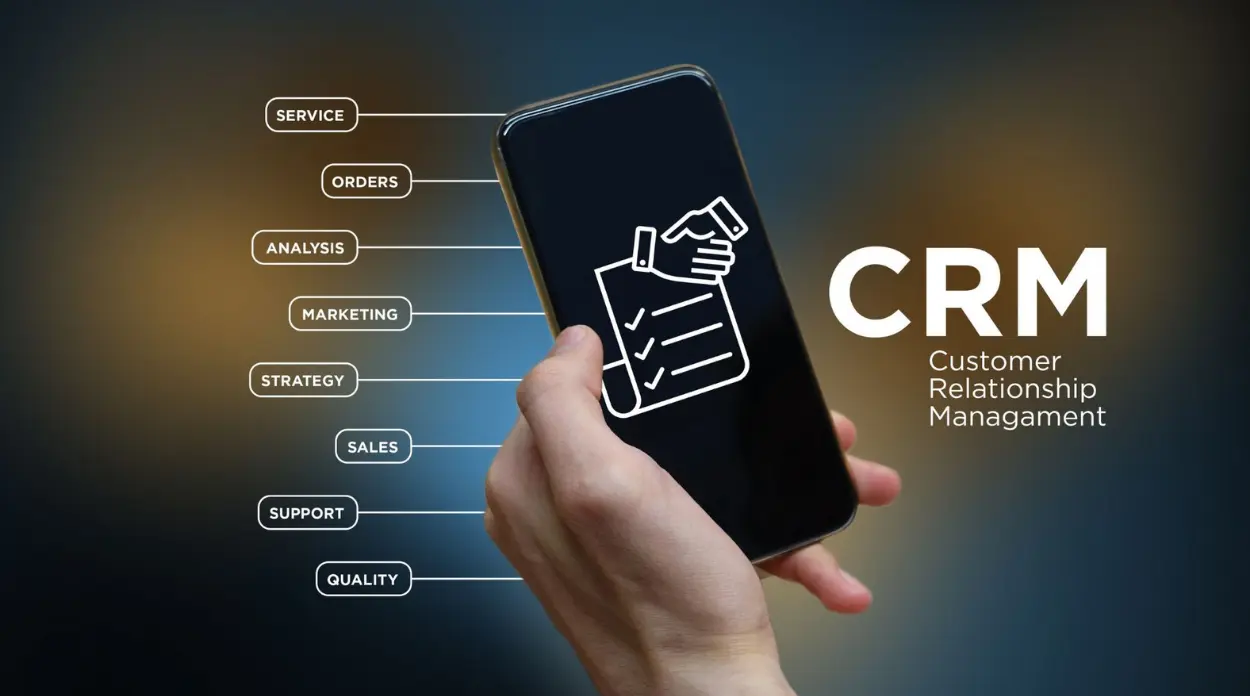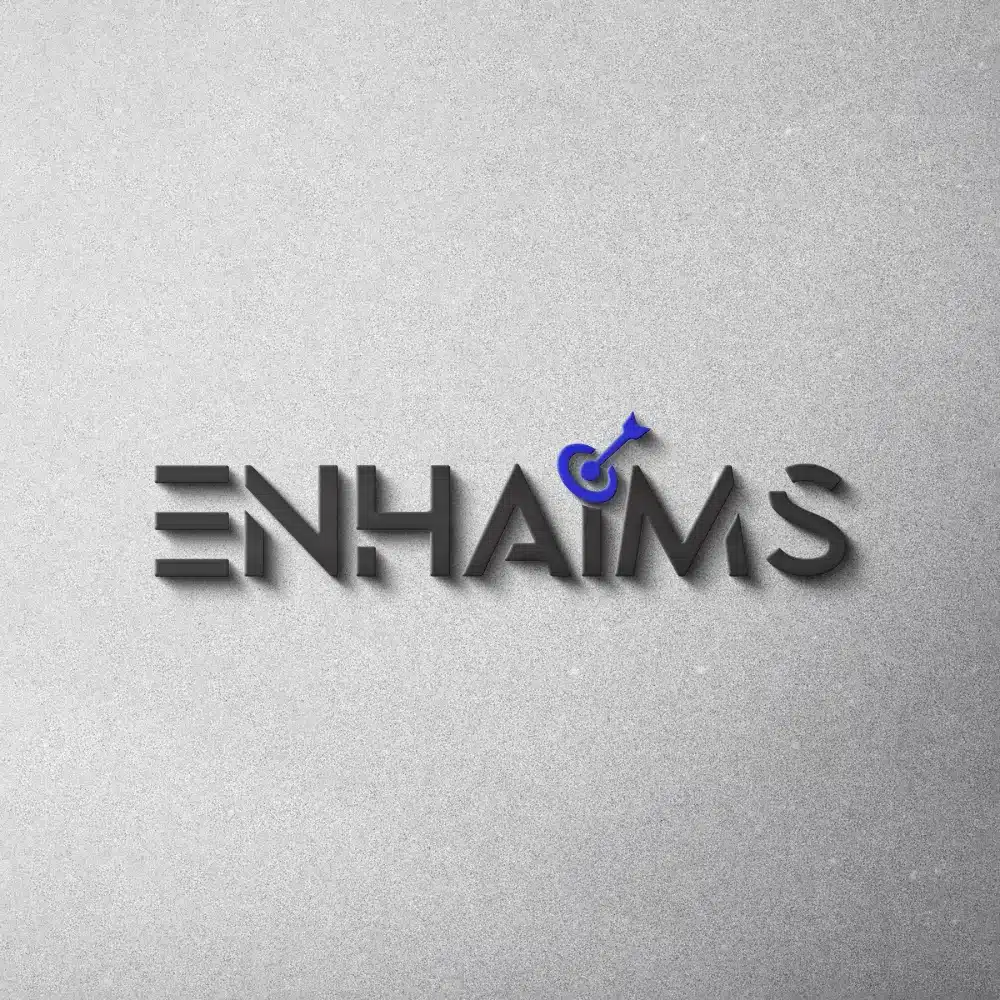Migrating to a modern CRM isn’t just an IT decision, it’s a strategic reset for your business.
Done right, it can dramatically improve efficiency, unify your teams, and unlock long-term growth.
Done wrong, it can create costly gaps in your data, disrupt operations, and trigger team resistance.
Before you make the leap, make sure you’ve got this essential checklist at your fingertips.
1. Audit Your Existing CRM Landscape
Start with a reality check:
What data is currently stored?
How accurate is it?
Who owns what?
Which departments are using the system, and how?
Many businesses are surprised to find unused fields, duplicated records, and entire departments operating in data silos. Don’t bring old clutter into your new system.
2. Define Business Goals, Not Just Features
Modern CRMs come loaded with options, but more features don’t equal better results.
Clarify what your business actually needs from a CRM:
Is the goal to unify sales and marketing?
Do you need advanced automation?
Is integration with finance, HR, or analytics tools critical?
Your tech should fit your strategy, not the other way around.
3. Map User Journeys Across Teams
One of the most overlooked parts of migration is understanding how different teams will use the CRM day-to-day.
Sales need speed. Marketing needs segmentation. Support needs visibility.
Sketch the workflows. Interview teams. Walk through their pain points. Then build the CRM to serve those flows, not block them.
4. Clean, Enrich, and Structure Your Data
Garbage in, garbage out.
Before importing, review:
Duplicates
Missing fields
Inconsistent formats (e.g., phone numbers, locations, tags)
Then consider enriching your records using trusted external datasets or integrations to add missing information before the move.
Don’t forget to back everything up.

5. Choose a CRM That Fits Your Future
This isn’t just about solving today’s problems, it’s about scaling tomorrow’s growth.
Whether you’re considering HubSpot, Zoho, Microsoft Dynamics, or a custom-built system, ask:
Will this still serve us at 3x scale?
Can it evolve with changing workflows?
What’s the ecosystem around it, support, community, integrations?
A smart platform today avoids a painful switch tomorrow.
6. Set Up a Pilot Group Before Full Rollout
Never migrate blindly.
Assign a test group across departments to trial the new system.
Let them:
Run real scenarios
Spot gaps
Test data flow
Use their feedback to refine the setup before a full launch. This lowers risk and boosts adoption.
7. Build a Training Culture, Not Just a Training Session
CRM success is not about how powerful the tool is, it’s about how well people use it.
Go beyond generic user guides. Train teams on real use cases relevant to their role.
Set up internal champions in each department to guide others. Keep updating resources as workflows evolve.
8. Monitor, Iterate, Improve
Even after migration, the real work begins:
Are adoption rates where they should be?
Are teams using the features effectively?
Are dashboards providing actionable insights?
Schedule a monthly CRM review in the first quarter post-migration. Keep iterating.
If you’re tracking your KPIs in a separate platform, now’s the time to integrate them into your CRM dashboards for full visibility.
CRM migration isn’t a technical task. It’s a business transformation.
When done with precision and purpose, it can elevate your customer relationships, team synergy, and executive clarity.
And in a world where data is currency, you can’t afford to treat your CRM as an afterthought.

